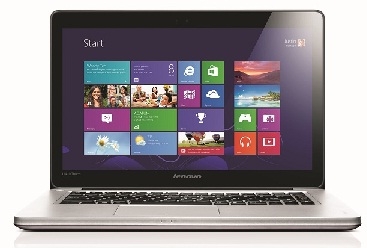At the rate that mobile and other devices are being distributed and connected to the Internet, it is expected that bandwidth will soon run out in the US. Spectrum crunch, as it’s called raises the spectra of slower data speeds, higher data prices, and more dropped calls. Wireless spectrum, after all, is the unseen infrastructure that carries all wireless transmissions, both voice and data. And believe it or not, it’s a finite resource.
At the moment, the US has a slight surplus of spectrum. Yet, given the current explosive growth rate as per the Federal Communication Commission’s estimates, this can be turned on its head as early as next year.
And it’s our devices that are breaking the Internet. A typical iPhone, for example, uses roughly 24 times as much radio spectrum as an old fashioned CDMA cell phone. An iPad uses roughly 122 times as much. AT&T states that data usage on their networks has increased about 20,000% since the iPhone was introduced in 2007.
So if this spectrum crunch is such a problem, what’s being done about it? Who is stepping up to the plate?
The U.S. government, for one, is stepping in to help. In March 2014, the Federal Communication Commission’s Chairman, Tom Wheeler issued a broad challenge to confront change in spectrum policy. He wanted to lead by example, and change perspective to focus on what they could do, instead of what they had done. And in terms of what they could do to alleviate this crisis was to issue a proposal for a new service in the 3.5 GHz Band — named the Citizens Broadband Radio Service. He felt this would represent a milestone event for innovative policies for spectrum sharing.
Previous to Chairman Wheeler’s appointment in 2013, the President’s Council of Advisors on Science and Technology issued a report in 2012. It suggested the FCC might assist with the demand for spectrum by examining some of the spectrum then reserved for government use, and possibly increasing civilian access to it. Later that year, the FCC took the next step in that plan by proposing to start a dynamic spectrum distribution project in about 150 megahertz of the spectrum residing in the 3.5 GHz band.
This band is ideal for innovation. Federal use of this band happens mainly around the coastal areas, so it is a prime opportunity for exhaustive wireless broadband usage on a shared basis. And in 2010, the National Telecommunications and Information Administration proposed that very thing — that government incumbents could share the band with broadband wireless users. One of the keys to unlocking the true potential of this band is the private sector discovering new and innovative spectrum sharing technologies. Yet without a new approach to how civilians use the spectrum, and the rights and responsibilities thereto pertaining, the FCC will not be able to expand access into this band for new uses.
Hopefully, though, the FCC will succeed in creating a regulatory environment in which the Citizens Broadband Radio Service to thrive. In that case, it will meet the demands of countless spectrum users and uses. Older spectrum policy steers the FCC towards an endlessly fragmented frequency chart, with static divisions for different categories of users. A newer and more dynamic policy hopes to encourage technological harmony between a myriad of different users and uses. It also needs to evolve without restriction with regard to changes in the marketplace. The result of all this will be more bandwidth, more available spectrum, and an open path to even more in the future.
The FCC has just now opened a comment cycle on this issue, in order to work out the policy and technical details in the proposal. After that, the real work begins, as the private sector begins to invest in products and services that will bring this new bandwidth to life.

